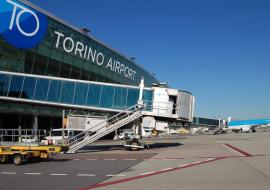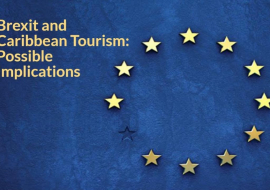UNWTO: How to Improve Tourism Competitiveness?

Tourism destinations and companies need to continuously evolve in order to adapt to a constantly changing global marketplace. The latest UNWTO report speaks about the key market intelligence, statistic and tools for risk and crisis management as well as for destination management.
Through the UNWTO flagship report, which is one of the Organization’s key outputs, the UNWTO World Tourism Barometer will monitor short-term tourism trends throughout the year. It provides monthly data on international tourist arrivals, receipts and expenditure from over 150 countries, along with prospects for the following months and year as well as the latest survey results of the UNWTO Panel of Tourism Experts.
Improve skills in developing, optimizing and evaluating properly integrated e-marketing strategies, disseminated key trends, challenges and opportunities in e-marketing techniques for tourism destinations, coaching tourism professionals in optimizing the integration of e-marketing are some of the major highlights undertaken at the UNWTO-ETC E-marketing Master Class. Last year this was jointly organized by UNWTO, European Travel Commission and the Government of Croatia.
Over the past decades, Asia and the Pacific have consolidated its position, not only as one of the major tourism destination regions, but also as an increasingly important outbound market. Asia accounts for 14 of the world’s top 50 source markets in terms of international expenditure.
Key outbound tourism markets in South-East Asia, responds to the growing need to better understand five of these dynamic source markets and the opportunity they represent to destinations around the world. It provides an up-to-date perspective on major tourism trends and developments in five key South-East Asian outbound markets: Indonesia, Malaysia, Singapore, Thailand and Viet Nam.
UNWTO’s long-term outlook Tourism Towards 2030 shows that the number of international tourist arrivals generated by source markets in Asia and the Pacific is expected to more than double from 205 million in 2010 to 541 million in 2030.













